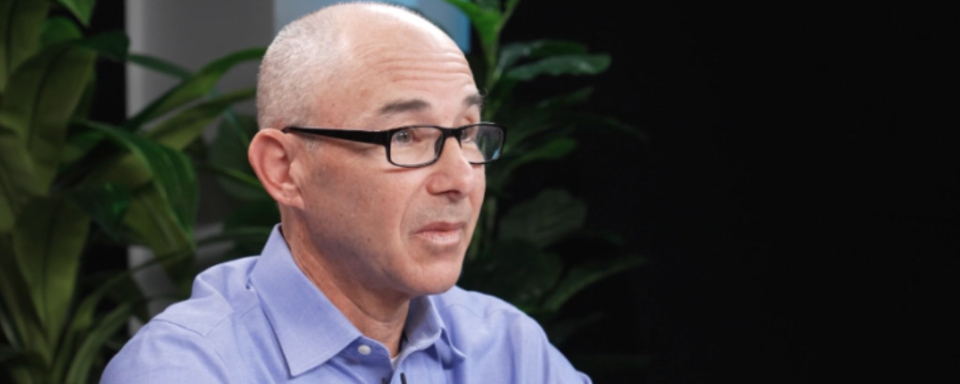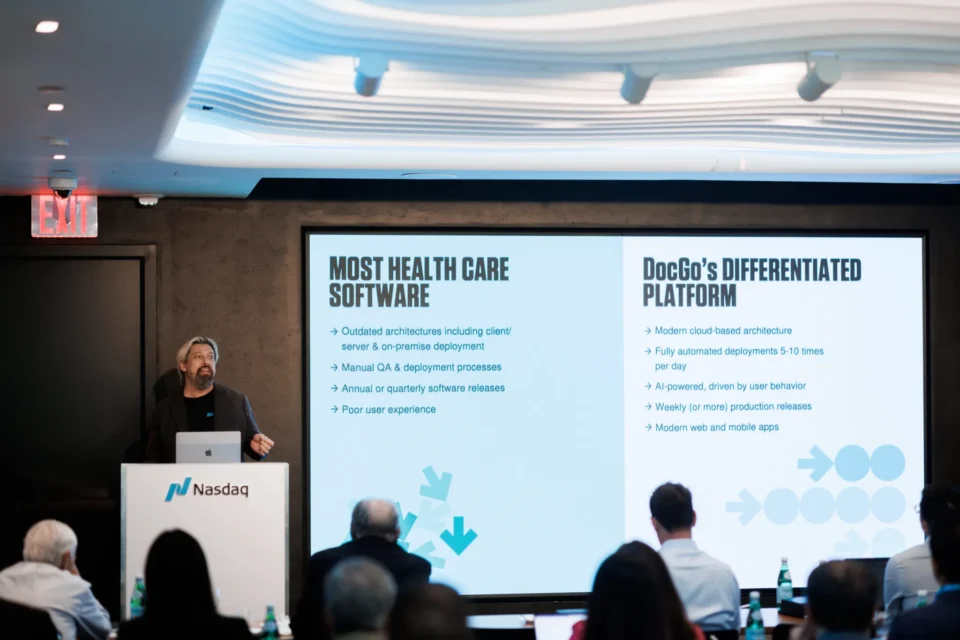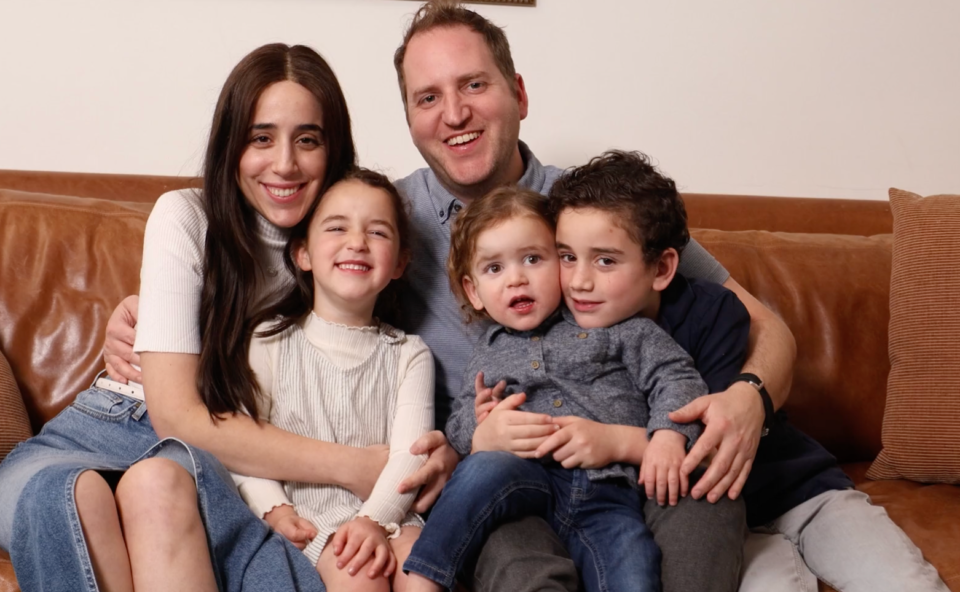Andy S. Jagoda, MD, FACEP is a Professor and Chair Emeritus of Emergency Medicine at the Icahn School of Medicine at Mount Sinai in New York City. He served 13 years in the Navy, including during Desert Shield and Desert Storm, where he was awarded the Navy Commendation Medal for “meritorious service.” Since joining Mount Sinai in 1995, Dr. Jagoda has been pivotal in transforming its Emergency Medicine Department into one of the nation’s top programs. He is internationally recognized for his contributions to emergency medicine education, neurologic emergencies, and the development of practice guidelines. Dr. Jagoda is a new member of the DocGo Medical Advisory Board.
_____________________________________________________________________________________
In 2016, when I was grappling with how to best manage my system’s growing number of emergency department (ED) visits and a shortage of inpatient hospital beds. At times, the ED was boarding up to 80 admitted patients. During this challenging period, I met a visionary healthcare professional and tech entrepreneur who had an idea to combine medical transportation with technology, aiming to streamline patient flow, increase transparency, and improve overall outcomes for both health systems and their patients. This vision led to the creation of Ambulnz—a company that revolutionized how we think about patient transportation by offering integrated, digital-first medical transportation with superior on-demand service response and enhanced transparency (including real-time vehicle location and accurate estimated arrival times). As the company grew and expanded to facilitate mobile health services, it evolved into DocGo.
Healthcare today is so entangled in bureaucracy that it struggles to move at the pace of innovation. This is precisely why I find DocGo’s approach so compelling. DocGo doesn’t just generate fresh ideas—it operationalizes them. Few organizations in healthcare are as agile and responsive to new challenges. DocGo and its affiliate medical practices’ track records are commendable: from timely, tech-enabled medical transportation for leading health systems to vital public health responses to COVID-19 and the migrant crisis to large-scale mobile health programs that bring care to underserved populations. DocGo’s flexibility and creativity enable it to facilitate health care where and when it is needed, with an impressive commitment to quality and safety.
Today, the greatest opportunity lies in breaking down the traditional barriers of brick-and-mortar healthcare by allowing more care to be delivered virtually and in the home. That’s why I joined DocGo’s Medical Advisory Board. If anyone can solve that problem, it’s going to be DocGo.
What the Emergency Department Tells Us
Reflecting on my time running one of the nation’s top emergency medicine systems, I’ve grown to see the ED as a window into the failures of the broader healthcare system. When you are treating over 600,000 patients annually, the challenges facing healthcare on a national scale come into sharp focus.
The ED has become a one-stop shop for patients who seek the convenience of getting an evaluation including bloodwork, imaging, and test results all in one visit. Finding a primary care provider (PCP) is close to impossible in some communities. Even if one is lucky enough to have a PCP, scheduling and attending a timely appointment is often not an option. Patients are often forced to turn to the ED for problems that could and should be handled in other settings. People flood into the ED, often as a result of systemic issues that go unaddressed elsewhere—ranging from demographic changes to our attitude to risk.
The Demographic Crisis
One of the most pressing issues is how we meet the needs of an aging population. As people live longer, their healthcare needs grow exponentially, but our current system isn’t equipped to handle this surge. Dementia, cancer, and chronic disease patients end up in the ED because caregivers can’t bring them to primary care appointments during the week or feel their needs can’t be met at home.
Legal and Cultural Barriers
It’s easy to propose expanding healthcare access through tiered delivery systems, which organize care across different levels of providers based on the complexity of a patient’s needs. For example, routine and preventative care could be handled by advanced practice providers (APPs) e.g., nurse practitioners or physician assistants, while more complex cases are escalated to specialists or hospital settings. This structure empowers APPs and helps reduce the burden on EDs by ensuring patients receive the appropriate level of care.
However, a big hurdle to implementing such systems in the U.S. is its legal and cultural approach to risk. Unlike other countries, e.g., Canada or the UK, the U.S. has an incredibly low tolerance for error in healthcare. Here, the acceptable level of risk approaches zero. The fear of litigation looms large—if a patient with a seemingly minor issue is misdiagnosed, the consequences can be devastating. This makes it challenging to build tiered healthcare delivery systems that rely on graduated levels of care to function effectively.
The Future of Care
Despite these challenges, I’m optimistic. We’re seeing a growing recognition that care can—and at times should—be delivered in the home. The key to alleviating the pressure on EDs nationwide lies in designing scalable systems adaptable to the needs of diverse patient populations.
In densely populated areas like New York City, at-home care is not just feasible—it’s essential. In suburban settings, telehealth plays a critical role in bridging care gaps. By combining telehealth with mobile healthcare, we can expand access in ways that were once unimaginable. Take, for instance, a Parkinson’s patient who is largely immobile. Why should they be forced to endure the stress of arranging transportation for a five-minute appointment? With today’s technology, we can bring care to them—literally.
I am still grappling with how to provide quality care in our compromised healthcare system. DocGo has evolved a great deal since I first met the company and has emerged as an innovative force finding solutions to the many challenges our society is confronting. By leveraging technology and mobile healthcare, DocGo is building a future where care is delivered where it’s needed most—whether that’s in a patient’s home, a mobile clinic, or even on the go.








